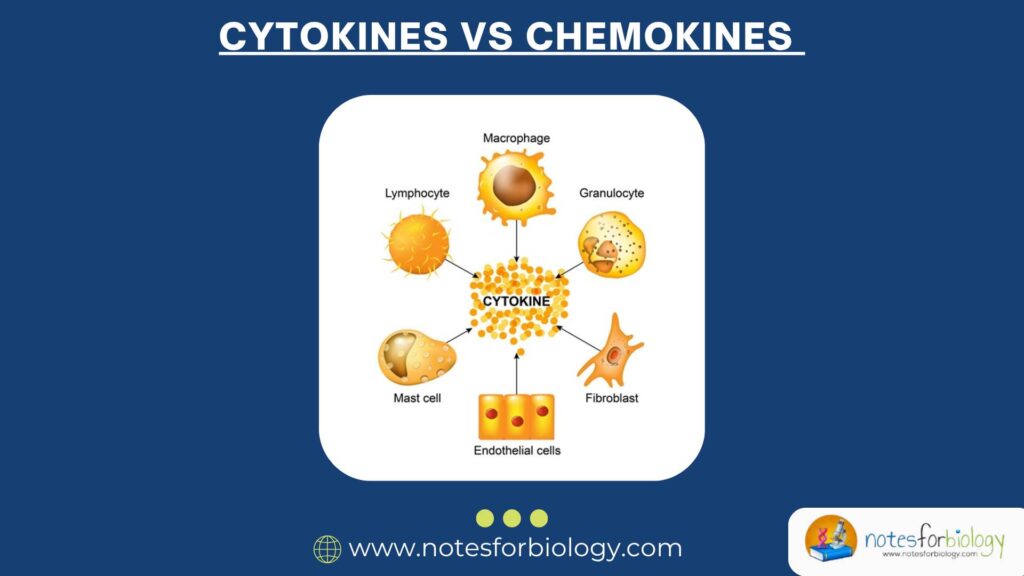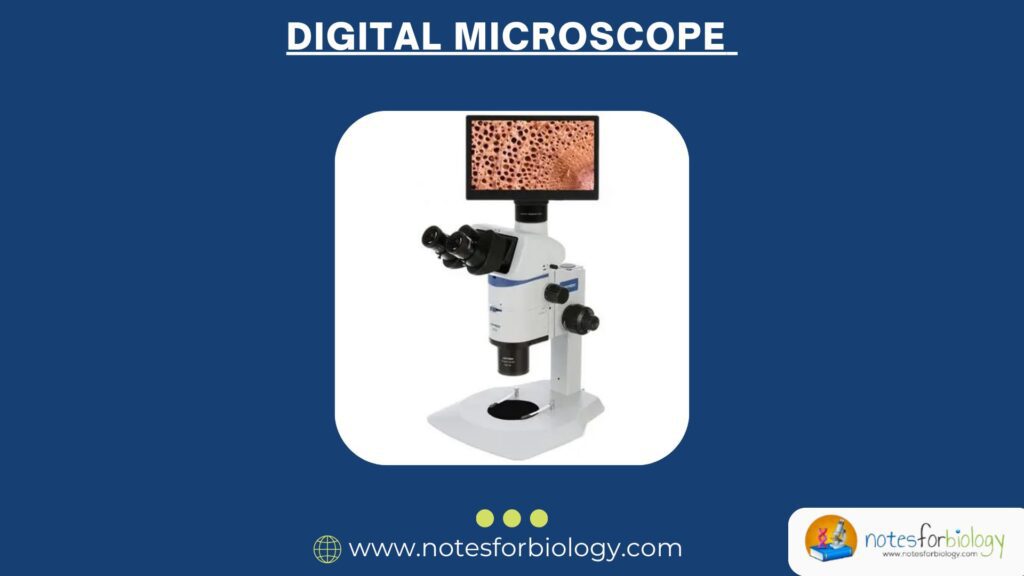Biological databases are resources for the archiving, retrieval, and analysis of biological data These databases are carefully selected repositories of data about different biological phenomena, including proteins, metabolites, genes, and their interactions. Modern biological research generates enormous amounts of data, which require sophisticated databases to organize and interpret. An overview of the many kinds of biological databases and their significance is provided here.
Table of Contents
Types of Biological Databases
Sequence Databases
Protein amino acid sequences and the nucleotide sequences of DNA and RNA are stored in sequence databases. They are essential to the study of proteomics and genomes.
Examples
- GenBank: An extensive publicly accessible database containing nucleotide sequences along with biological and bibliographic annotation.
- Molecular Biology Laboratory-European Bioinformatics Institute, or EMBL-EBI: a significant nucleotide sequencing data repository.
- Another nucleotide sequence database that participates in the International Nucleotide Sequence Database Collaboration (INSDC) is DDBJ (DNA Data Bank of Japan).
Protein Databases
These databases include details on the interactions, architectures, functions, and sequencing of proteins.
Examples
- UniProt: An extensive source of functional and sequencing data for proteins.
- The Protein Data Bank, or PDB, is a database containing three-dimensional structural information for big biological entities including proteins and nucleic acids.
Genomic Databases
These databases store information about the complete genome sequences of various organisms, including humans. examples
Examples
- Ensembl: Annotation of various kinds is integrated with sequencing data in this genome browser for vertebrates.
- NCBI Genome: Offers access to whole genome sequences together with related metadata
Gene Expression Databases
These databases focus on the expression patterns of genes under various conditions, times, and developmental stages.
Examples
- A high-throughput gene expression data database is called GEO (Gene Expression Omnibus).
- Array Express: A functional genomics archive containing information on gene expression.
Pathway and Interaction Databases
These databases provide information on biochemical pathways and molecular interactions.
Examples
- The Kyoto Encyclopedia of Genes and Genomes, or KEGG, combines functional, chemical, and genetic data.
- Reactive: A catalog of biological processes and pathways in humans.
Disease and Mutation Databases
These databases link genetic mutations to diseases and provide information on genetic disorders.
Examples
- An extensive and reliable database of human genes and genetic traits is called OMIM (Online Mendelian Inheritance in Man).
- ClinVar Compiles data regarding genetic variation and how it relates to the health of people.
Metabolic and Chemical Databases
These databases contain information on metabolic pathways and biochemical compounds.
Examples
- Chemical Entities of Biological Interest, or ChEBI, is a molecular entity dictionary that specializes in “small” chemical substances.
- The Human Metabolome Database, or HMDB: details the tiny molecule metabolites that are present in the human body.
Literature Databases
These databases index and provide access to the scientific literature
Examples
- PubMed: A free search engine that mainly accesses the MEDLINE database of biomedical and life sciences references and abstracts.
- Google Scholar is a publicly available web search engine that indexes academic literature’s full text or metadata.
Importance of Biological Databases
Data Integration and Accessibility
Large volumes of data from many studies, sources, and research teams are combined in biological databases. Because of this integration, data is easier to access and retrieve, allowing researchers to perform in-depth analyses without having to generate all of the data separately.
Data Standardization and Annotation
Databases make ensuring that information is kept in consistent formats, which facilitates data interpretation and utilization for researchers. Annotating data correctly adds crucial context and metadata, improving the data’s usability and dependability.
Facilitating Research and Discovery
The speed of research and discovery is accelerated by biological databases, which make existing data accessible. With a plethora of data at their disposal, researchers can conduct meta-analyses, expand on prior discoveries, and develop novel theories.
Supporting Bioinformatics Tools
Databases are used as the source of reference data by many bioinformatics tools and applications. For instance, underlying sequence databases are necessary for the operation of genome browsers like Ensembl and sequence alignment tools like BLAST.
Promoting Collaboration and Data Sharing
Databases encourage cooperation by making information accessible to all. This transparency promotes the exchange of data amongst researchers globally, thereby cultivating a cooperative scientific milieu.
Enabling Personalized Medicine
Databases like ClinVar and OMIM are essential for comprehending the genetic causes of diseases in clinical settings. Through the connection of genetic variants to clinical phenotypes and treatment responses, they facilitate the advancement of customized medical techniques.
Conclusion
In contemporary biological and biomedical research, biological databases are essential resources. They improve biological information’s usability, accessibility, and interpretation in addition to storing and organizing data. These databases greatly contribute to scientific and medical advances by enabling data integration, standardization, and sharing.
Frequency Related Questions(FAQ)
Define Biological databases ?
Biological databases are resources for the archiving, retrieval, and analysis of biological data These databases are carefully selected repositories of data about different biological phenomena, including proteins, metabolites, genes, and their interactions.
What are the types of biological databases?
1.Database for nucleotide sequences.
2.Main database. derived information base.
3.Secondary database for protein sequences.
What is the importance of biological database?
It assists the researchers in examining the facts at hand and developing new hypotheses, antiviral treatments, beneficial microorganisms, medications, etc. It facilitates scientists’ comprehension of biological phenomenon concepts. Information is kept in storage by the database. It aids in removing redundant data.
What are the primary and secondary biological databases?
Primary databases serve as repositories, storing and making data accessible to the general public. Secondary databases add layers of information to DNA or protein sequence data by utilizing publically accessible sequence data from main databases.
Related Article




